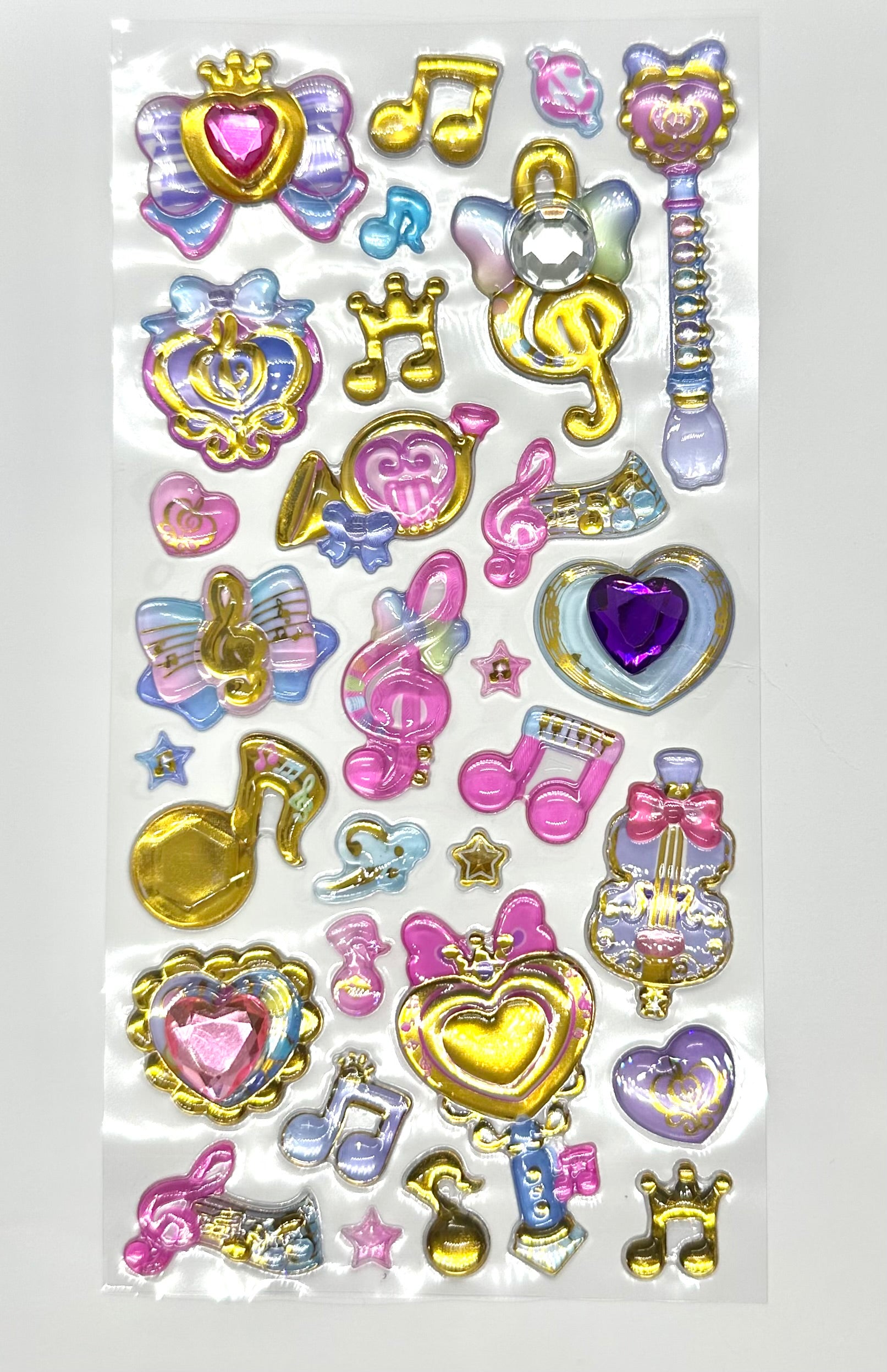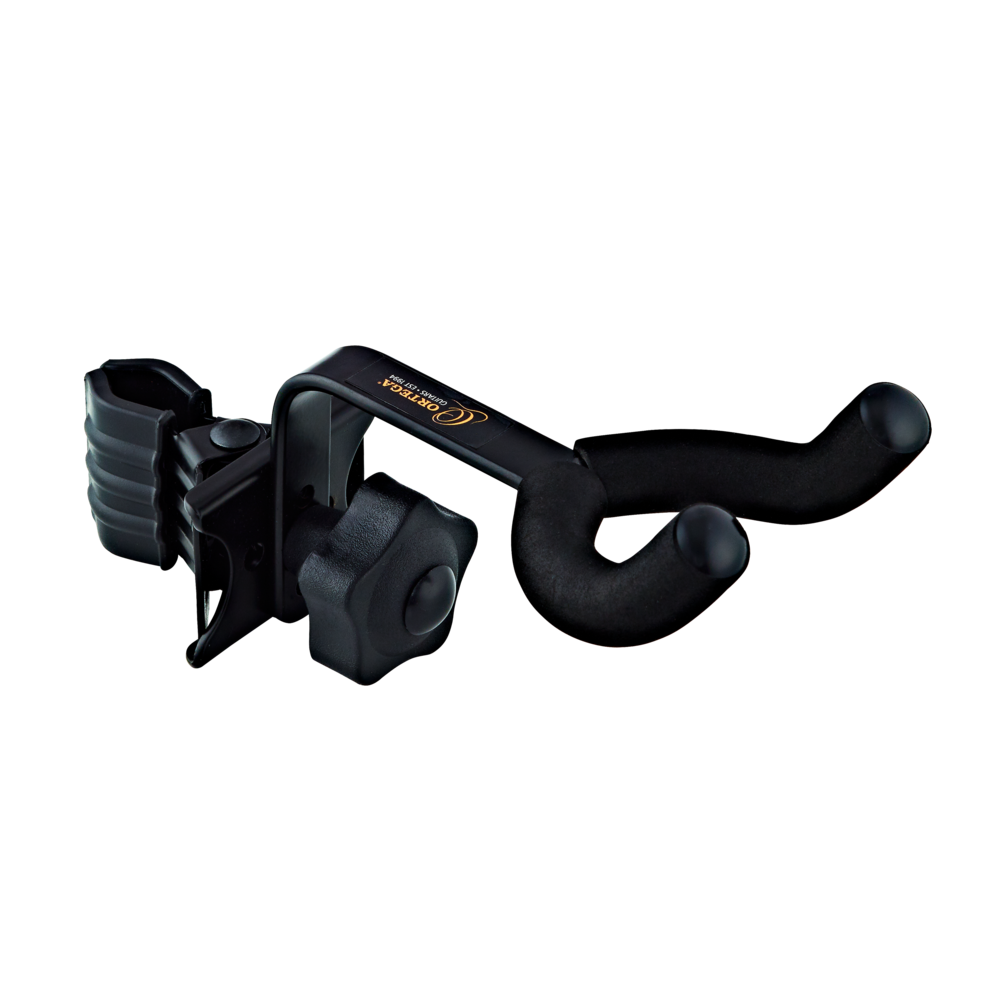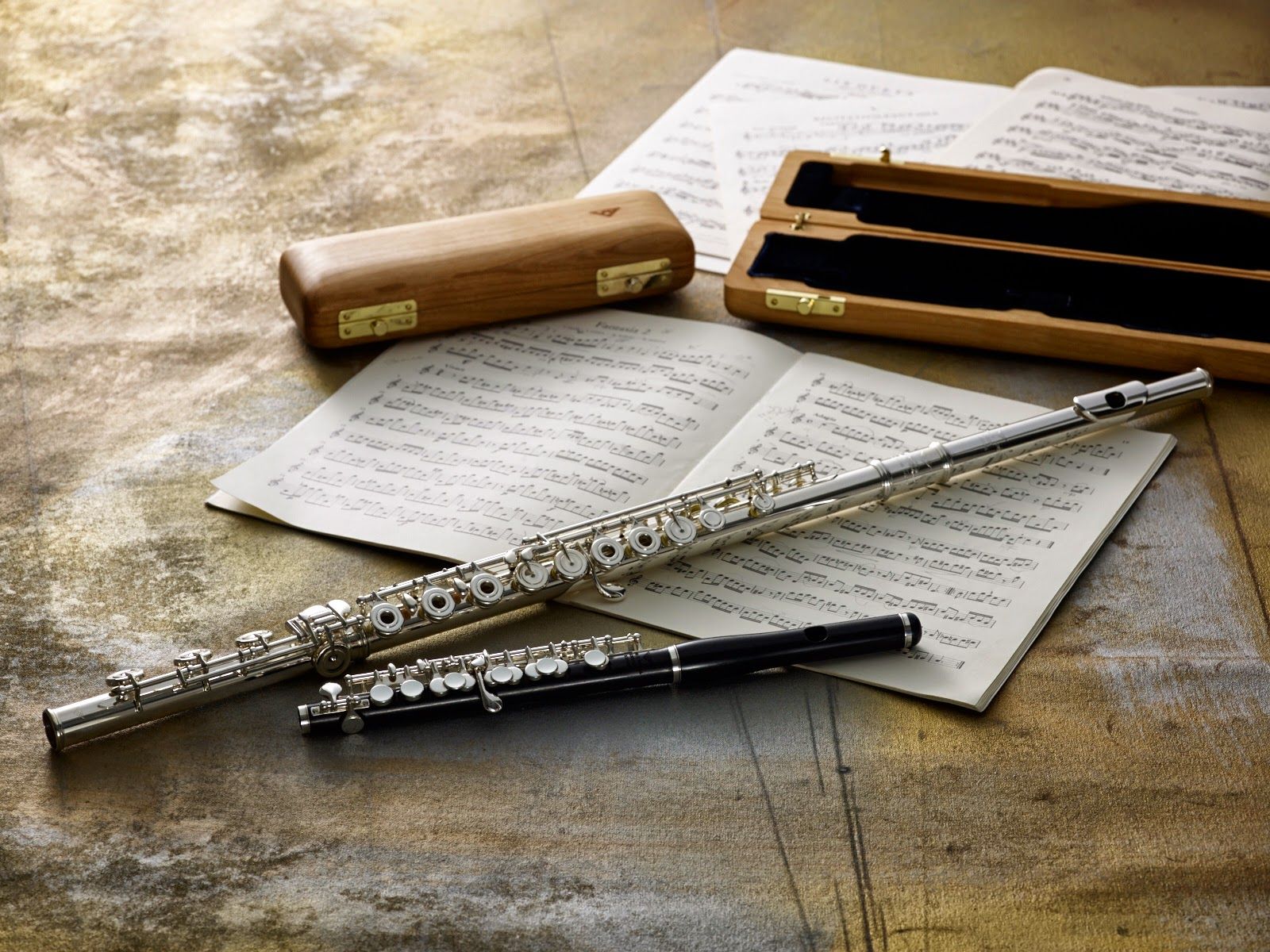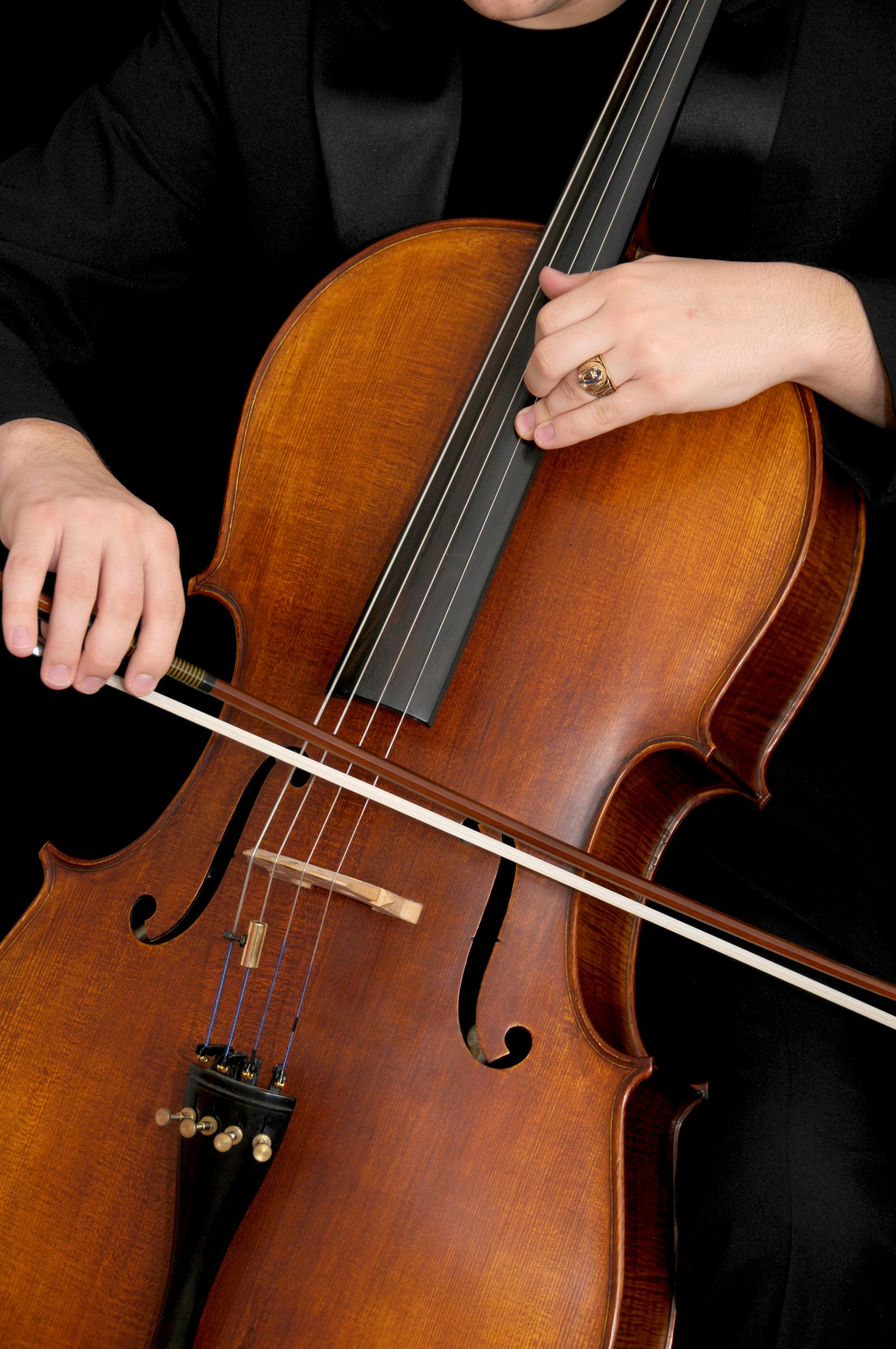Our Brands:
Flute:
The Difference between Closed and Open Hole Flutes:
Closed Hole Flutes- the preferred option for beginner students, closed hole flutes allow the player to focus on the basics of music. As covering an open hole on a flute can prove to be challenging, learning on a closed hole flute allows there to be more concentration on which keys to press down on, and how to play each note. Closed hole flutes are also a much better option for the younger beginner, as smaller hands can struggle to play on an open hole flute.
Open Hole Flutes- appropriate for a higher level of playing, an open hole flute allows for more variation, along with encouraging appropriate playing technique and finger positioning. Of course transitioning from a closed to open hole flute can be difficult, but Flute Plugs can be inserted into the holes and make this transition much easier. The open hole flute allows for a multitude of techniques for a vast range of music styles.
Do I need a 'B' Footjoint?
The short answer is no, however it is highly valued when playing at a more advanced level. A 'B' footjoint is not essential at all to be an amazing flautist. It simply increases the range of notes that you can play. Generally used with an open hole flute, the 'B' footjoint allows for an extra note below middle 'C' to be played. As this note is seen in a range of more advanced music pieces, it is definitely worthwhile to have a 'B' footjoint if a flautist was playing at this level. A great example would be the ORION OFL1280S.
Does Solid Silver make a difference?
Beginner model flutes are generally seen to be made of silver-plated nickel. When upgrading flutes, there is always large selection to choose from, many having solid silver headjoints or bodies. Solid silver (also known as sterling silver) flutes by far have a much improved sound quality, whether it is just the headjoint or the entire body. Solid silver headjoints generally have an improved responsiveness, and are much more powerful. When upgrading to an intermediate flute, a solid silver headjoint is always a key feature to look out for, just like in the Gemeinhardt 3SHB and ORION OFL1400S. Additionally, solid silver flutes are generally much more durable than a silver-plated nickel flute.
Which Headjoint is Best?
Curved Headjoint- designed to make flute playing more comfortable for little arms, the curved headjoint is commonly used in students under the age of 10. The curve means that the players arms do not have to stretch out as much, allowing players to begin flute at an earlier age. Unfortunately, this does not change the wait of the instrument, therefore the fife is a suitable option for little beginners. Jupiter has the JFL700UE to help get you started!
Straight Headjoint- this is the standard headjoint in a flute, suitable for all players (with the exception of very young beginners). Straight headjoints can be made from a variety of different materials (such as solid silver, rose gold or 24K gold), each enhancing the tone in their own unique ways.
Flute or Fife?
The fife can be thought of as a cross between a flute (air blown into the embouchure hole) and a recorder (covering the holes with your fingers). Recommended for young children to learn on before progressing to the flute, the fife is generally made of ABS resin, making it much more durable. This is an important feature to have with a young learner who may not yet know how to care for a flute. The Yamaha Fife is great to start on before upgrading later on. The transition from fife to flute generally occurs once the teacher determines that the student has good flute technique and knows how to handle the instrument.
Clarinet:
The Bb Clarinet:
There are several types of clarinets available, with the most common on being the Bb Clarinet. Played both as a solo instrument as well as in an orchestra or band, the Bb Clarinet is the perfect instrument for students to learn on. Allowing students to play a variety of styles from classical to jazz, the Bb clarinet piques the interest of all levels of players.
Clarinet Materials:
Generally, student clarinets are made from an ABS resin body with silver-plated nickel keys, as seen in the Jupiter JCL700NA. This combination allows for durability, the keys can resist bending due to rough handling. Clarinets can also be made from Poly-wood, or any other wood composite and polymer or ABS materials, leading to a rich and full tone. When looking for intermediate/ higher level clarinets, wooden bodies such as Grenadilla and Ebony are ideal.
Nuvo Clarineo:
When a young beginner is interested in learning the clarinet, look no further than the Nuvo Clarineo! In the key of C, the Nuvo Clarineo has a lighter and smaller design making it ideal for young players between the age of 4-12. This instrument encourages students to focus on developing skill and technique, and allows an easy transition to Clarinet once the time is right.
The difference a good barrel makes:
The barrel is one of the most impactful aspects of your clarinet when it comes to sound and playability. Clarinet barrels contribute to tuning, intonation and response, therefore it is always ideal to have a higher quality barrel to get the best possible tone from your instrument. Our student clarinets, particularly the ORION and Jupiter brands, have an ideal barrel to support beginners and allowing for the best sound possible.
Saxophone:
Which Saxophone to choose?
The Alto Saxophone is by far the most common saxophone for beginners. With its slightly smaller size, the Alto Sax has proven to be the most manageable instrument in the saxophone family. This is mainly due to the mouthpiece being quite suited to the embouchure, allowing easier control compared to other saxophones. The Tenor Saxophone is also a popular choice with beginners, although with its larger body, can be more difficult to start on. Both the Soprano and Baritone Saxophones are for the more advanced players looking to try some other sax's!
Saxophone Materials:
The body of a Saxophone is generally made from brass, a highly resistant alloy of copper and zinc. It is common to see student saxophones lacquered, particularly with gold. Lacquered Saxophones allows the instrument to maintain its polish and prevent discoloring, however this leads to a slight decrease in projection and volume. Another common lacquer, seen in more intermediate Saxophones, is silver, which tends to allow more volume as it is a thinner material. Saxophones increase in price as they go from beginner to intermediate to advanced/ professional. This is due to better quality material, a change in the method of construction, decorative engraving and much more!
Saxophone Straps and Harnesses:
As Saxophones are considerably heavy, it is always recommended that players have a neck strap/ harness in order to prevent any back or neck injuries caused by the weight of the instrument. Neck straps such as the Neotech Swivel Hook allow weight reduction while maintaining freedom of movement, whereas the harnesses, allow for even more support and dispersal of weight.
Trumpet:
What are Valves?:
Also known as Pistons, valves are designed to increase the length of tubing when being engaged, leading to the pitch being lowered. There are 3 valves on a trumpet, and a combination of valve positions, together with the embouchure, determines what notes are played. Each of the 3 valves lowers the pitch by certain degrees, thus allowing a variety of notes to be played. Trumpet valves are to be maintained using valve oil, which allows smooth valve action.
Trumpet Materials:
Brass is undoubtedly the most common material for a student level trumpet, particularly due to it's ideal resistance properties. Trumpet lacquer comes in a variety of materials including gold and rose brass. Most common in student trumpets such as ORION's OTR8001, gold brass tends to have a more sharp and powerful sound. Intermediate trumpets such as Jupiter's JTR1110RQ tend to have components such as the bell being made of a rose brass lacquer, leading to an increase in tonal warmth. Silver plating is also common in more intermediate Trumpets, such as Jupiter's JTR700SQ. As silver plating is thinner than lacquer, the instrument tends to be able to produce a more powerful and cheerful sound.










